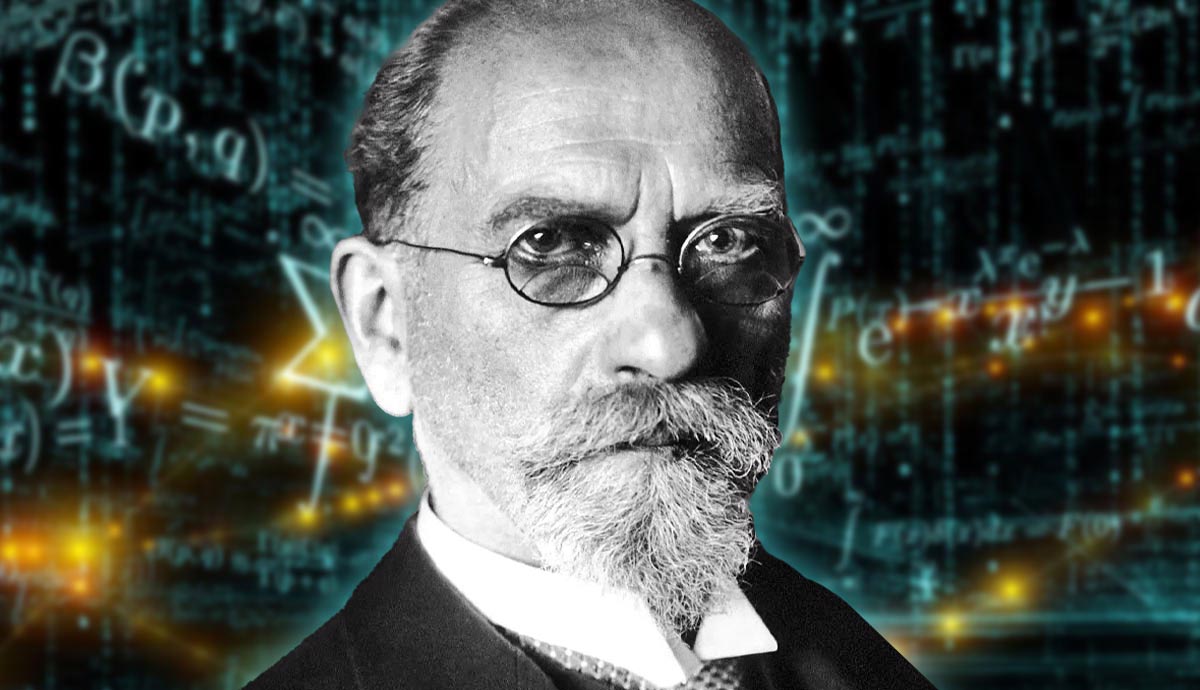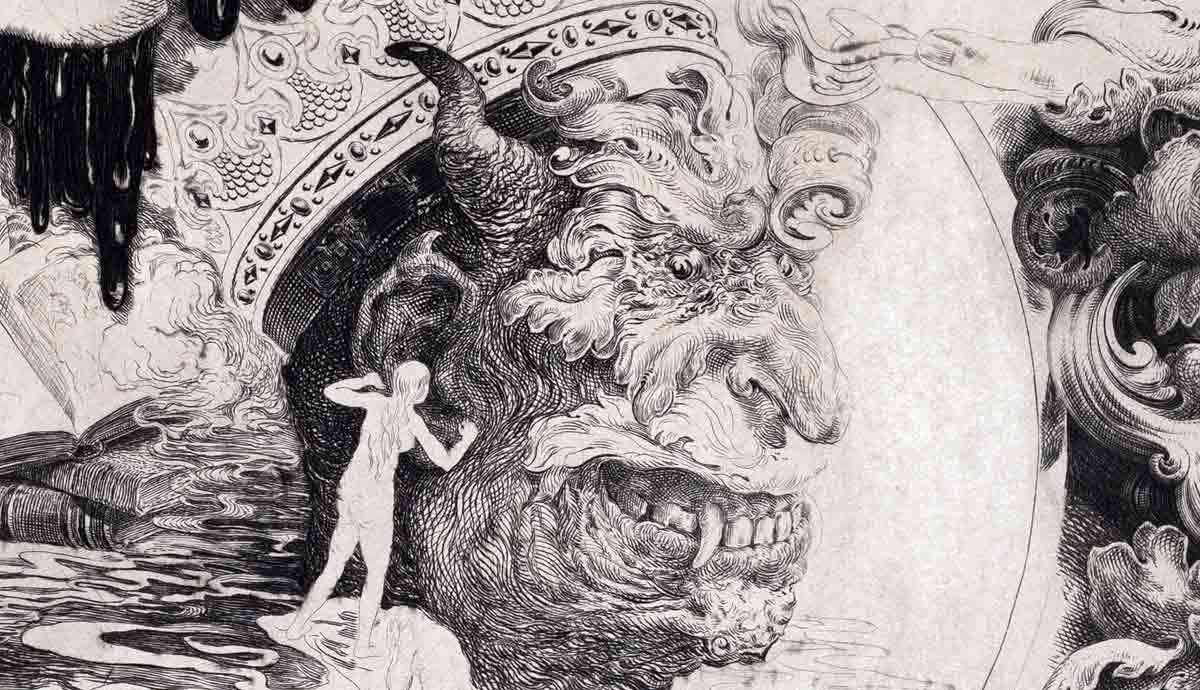
Edmund Husserl is among the most important figures of modern philosophy renowned for founding phenomenology. Originally a mathematician, Husserl aimed at understanding the structures of consciousness and their implications on perception, cognition, and epistemology. The legacy of his method and works left a long-lasting imprint that has shaped contemporary thought.
Overview of Husserl’s Educational Journey

Edmund Husserl was born in 1859 in the Austrian Empire into a family of non-orthodox Jews. He was the second child among three siblings who all studied at a secular primary school in Margraviate of Moravia. For his secondary education, he studied at the Realgymnasium in Vienna (Wien) and later at the Staatsgymnasium in Olmütz. In 1876, Husserl studied mathematics, astronomy, and physics at the University of Leipzig where he was deeply influenced by the lectures of German philosopher and psychologist Wilhelm Wundt. Two years later, he continued studying mathematics in Berlin at the Frederick William University under the guidance of Leopold Kronecket and prominent mathematician Karl Weierstrass.

Weierestrass’s rigorous and systematic approach helped shape positivist and science-oriented intellectual trends in the 18th century. His emphasis on abstraction and formalizing proofs in mathematics influenced Husserl’s philosophical methodology where abstraction, known in his system as ‘bracketing’, played a crucial role in his study of conscious experience. In 1881, he traveled to the University of Vienna to continue his mathematical studies with Leo Königsberger, one of Weierestrass’s former students, and obtained his PhD in 1883.
From Mathematics to Philosophy

Upon completing his PhD, Husserl returned to Berlin to work as an assistant to Weierestrass. After Weierestass suffered from a terrible illness, Tomáš Masaryk, Husserl’s mentor in Berlin, advised him to travel back to Vienna to meet Franz Brentano, Masaryk’s former teacher. Seeing his strong interest in philosophy, Masaryk believed that Husserl should study philosophy under the tutelage of Brentano, who had just published Psychology from an Empirical Standpoint. Following his advice, Husserl traveled to Vienna and stayed with Brentano from 1884 to 1886. During that time, Brentano introduced him to the works of Bernard Bolzano, Hermann Lotze, David Hume, and J. Stuart Mill among others. Most significantly, Husserl attended his numerous lectures at the University of Vienna on philosophical psychology.

Brentano had the most significant influence on Husserl’s nascent steps in philosophy. Husserl did not just idealize him, but his influence led him to take philosophy as a personal vocation and dedicate the rest of his life to it. Most notably, Brentano’s conception of intentionality was later developed by Husserl to become the cornerstone of his entire philosophical system. Although the former believed that intentionality was a necessary characteristic of any mental act towards its mental object, Husserl expanded on that notion in his study of the structures of consciousness and viewed intentionality as a characteristic of consciousness itself towards any object of consciousness.

In 1884, Husserl followed Brentano’s advice to study with one of his former students, Carl Stumpf, at the University of Halle to obtain his habilitation, which is a degree that would allow him to teach as a professor. His dissertation was later integrated into his first published work, Philosophy of Arithmetic, where he attempted to expound the psychological foundations of arithmetic. The book, published in 1891, received a lot of criticism and accusations of psychologism, triggering Husserl to spend the following years developing his philosophical system, which later came to be known as the school of phenomenology.
Husserl’s Phenomenology

While Husserl taught at the University of Hale, he wrote and published his first work on phenomenology in 1901 titled Logical Investigations. The book was divided into two volumes, the first of which discussed the structures of consciousness while the second explored the interrelation between consciousness and reality. In the first volume, Husserl attempted to refute accusations of psychologism by grounding his philosophy in a formal logic that transcends empirical psychology. In the second volume, he delved into the epistemology of perception, judgment, and intuition. Discussing consciousness, intentionality, noema, eidetic, and noesis, Logical Investigations laid the groundwork for what later developed into the central aspects of Husserl’s school of thought and is a seminal book in the history of phenomenology.

Later in 1901, Husserl became an associate professor at the University of Göttingen. His first attempts at phenomenology flourished and matured in Göttingen as he made the most important developments that shaped the fundamental features of his philosophy. He developed his phenomenological-transcendental method, outlined the phenomenological structure of temporal consciousness, and explored the role of intersubjectivity and perception to shed light on what constitutes the structures of our consciousness and their implications. In 1912, Husserl published his second canonical work, Ideas, elucidating his new phenomenological discoveries. Shortly afterward, Martin Heidegger started corresponding with Husserl and eventually met him when he became a professor and Chair of Philosophy at the University of Freiburg. In 1920, Heidegger worked as his assistant for three years. After Husserl retired in 1928, Heidegger succeeded him as Chair of Philosophy thanks to the success of his magnum opus, Being and Time.

Edmund Husserl continued writing and lecturing about phenomenology until he died in 1938. His works, including his unpublished manuscripts, were collected and preserved in Leuven’s Husserl archive in Belgium, founded one year after his death. Husserl was not only the father of phenomenology but also the originator of a philosophical movement in the 20th century led by pioneering philosophers such as Martin Heidegger and Maurice Merleau-Ponty who popularized, consolidated, and expanded upon his works.










